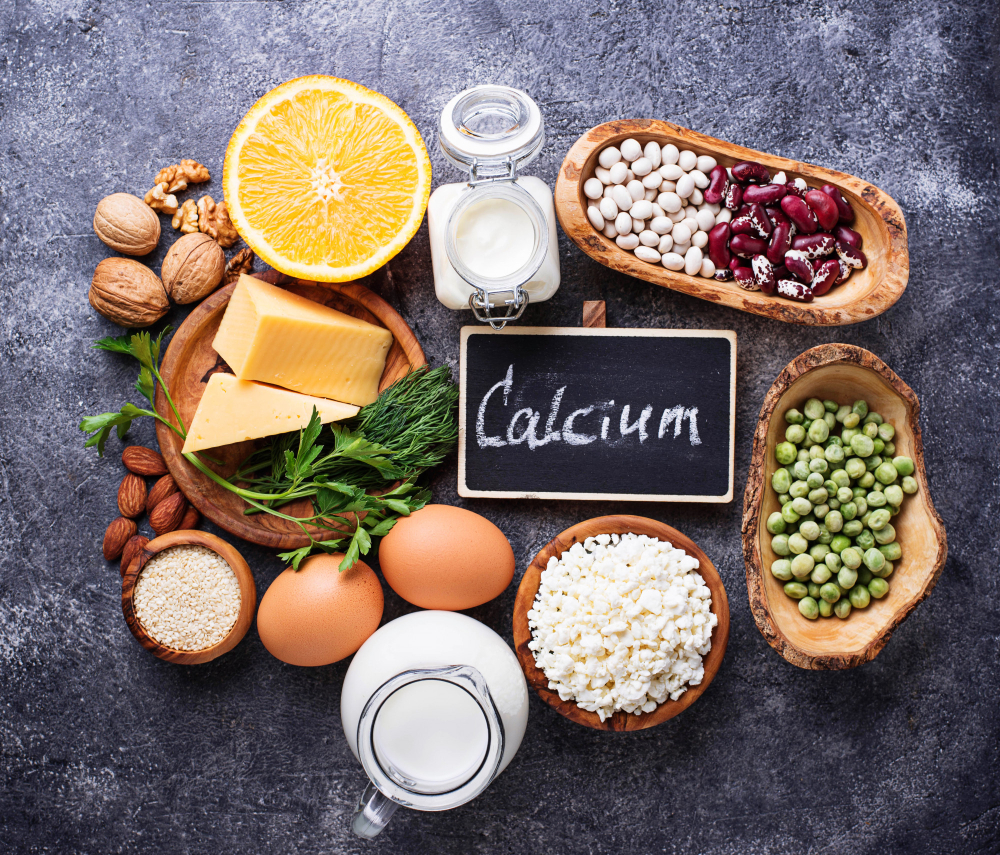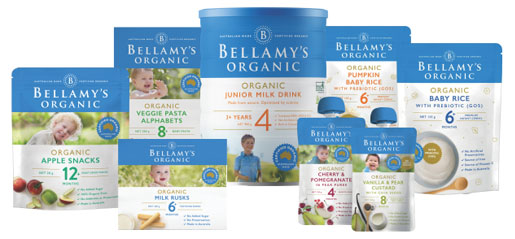When should you give your child sugar?

Sugar comes in many forms and is added to many common packaged foods consumed in Australia. Sugar is used to enhance the taste and flavour of foods but what is most frightening is that many of these food products are foods designed for young children.
What are the different types of sugar?
Sugar can be defined as added or naturally occurring. Naturally occurring sugars are found naturally in a range of foods such as fruit and milk. Added sugars – such as white sugar – are added in the manufacturing of many foods including discretionary foods such as confectionary. Below is a list of commonly added sugars that can be found in our packaged food products:
- White or Brown Sugar
- Honey
- High fructose corn syrup
- Malt sugar
- Agave
- Raw/Caster/Coconut/Cane sugar
- Glucose syrup
- Golden syrup
- Fruit juice concentrate
- Treacle
- Molasses
Why do we care so much about sugar?
Firstly, added sugars are commonly referred to as empty calories. Whilst they provide the body with immediate energy, they don’t provide any beneficial nutrients, particularly if found in foods such as confectionary.
One of the factors that may influence overweight and obesity includes early adopted eating behaviours and poor food choices which include the introduction of added sugar at a young age.1 Whilst we are all born with some preference to the sweet taste, evidence suggests that minimising the intake of added sugars may help to reduce the burden of overweight and obesity in children.1-2
The rate of childhood obesity has reached epidemic proportions where 1 in 4 Australian children between the ages of 2-17 were recorded as being overweight or obese.3 This can be associated with the early development of diabetes, cancer and heart disease, which can impact on life expectancy.2-3 In addition, children may be affected by the stigma associated with being overweight, which can impact significantly on self-esteem and mood.4
Where are children getting their sugar intake from?
According to the World Health Organisation (WHO), it suggests that no more than 5-10 teaspoons of added sugars should be consumed per day for adults and children respectively.5 However, it is estimated that Australians can consume an average of 25 teaspoons of sugar per day!3 So which foods may contain added sugars?
- Breakfast cereals and some breads such as brioche
- Cakes, pastries, muesli bars and biscuits
- Soft drinks, sport drinks and juice
- Confectionary
- Sauces and condiments
- Yoghurt, ice-cream and flavoured milk
- Canned/jar and/or pickled fruit and vegetables
The table below highlights the equivalent teaspoons of sugar found in commonly eaten foods. Sweetened beverages have more added sugars than other foods such as cereal and some yoghurts.5
| Food with added sugar | Teaspoons of sugar |
| 600mls Cola | 15 |
| 1 chocolate bar (50g) | 7 |
| 300mls Flavoured chocolate milk | 7 |
| 250mls Orange Juice | 6 |
| 1 tub regular yoghurt (175g) | 5 |
| 2/3 cup Coco pops cereal | 3 |
| 1 Muesli bar | 2 |
| 1 tbsp tomato ketchup | 1 |
There are now over 30 countries that have adopted a sugar tax on sweetened beverages to reduce the added sugar intake overall, but particularly amongst children, with Australia soon to adopt the same tax and this is also because discretionary foods also know as junk food, is still consumed frequently across all age groups.6
When should you introduce sugar to your child’s diet and how much should they consume?
Naturally occurring sugars can be consumed for all children through consumption of milk and fruit and shouldn’t be confused with added sugars.
There are three things you can look at on packaged food products to determine if there are added sugars.
- The ingredient list: This will provide all the ingredients in a packaged product. Because sugar can be disguised as many different names such as sucrose, honey and glucose, it is a great idea to familiarise yourself with the names to help avoid those products. The order of ingredients often indicates how much sugar, if any, is in the product. Typically, it is best to avoid products that contain added sugar, particularly if listed in the top 3 ingredients.
- The Nutrition Information Panel: This will provide the amount of total sugar per 100g or ml of a product. An acceptable figure is >10g total sugar/100g of product.
- Nutrition claims : There are two key nutrition claims to look out for which include:
- ‘No added sugar’ indicates that a product contains no added sugars in its manufacturing and processing
- ‘Sugar free’ indicates that a product contains less than 0.5g sugar per serve

Source: Kellogg’s Coco Pops
Source: Carmen’s Muesli Bars
Meal planning
Easy tips for reducing the intake of added sugars in children’s meal times include:
- Choose less packaged foods
- Read food labels (NIP)
- Read the ingredient list in all packaged foods
- Look for labels that state ‘no added sugar’ and ‘sugar free’
Below is an example meal plan that can be adapted for adults and children:
- Breakfast: Rolled oats, mashed banana and milk
- Morning tea: Yoghurt (no added sugar)
- Lunch: wholegrain sandwich with natural peanut butter (no added sugar)
- Afternoon tea: cheese and rice crackers
- Dinner: Spaghetti bolognaise with additional grated vegetables
- Supper: fresh fruit
- Drinks: water, mineral water and milk
Bellamy’s Organic are the only certified organic brand, made in Australia, that offers a babies’ and children’s range from birth. There are a number of products across the range that are made using the natural sweetness of fruits and vegetables such as apple, berries and pumpkin. All products across the range are certified organic by NASAA (National Association for Sustainable Agriculture in Australia) and ACO (Australian Certified Organic), which are Australia’s principal and trusted certifying bodies for organic produce providing assurance that our products are free from any synthetic and potentially toxic chemicals.
References:
- Ventura AK et al. Early influences on the development of food preferences, Current Biology, Volume 23(9) 2013 Accessed at: https://www.sciencedirect.com/science/article/pii/S096098221300208X#bib142
- Sylvetsky AC et al. Consumption of low-calorie sweetened beverages is associated with higher total energy and sugar intake among children, NHANES 2011-2016. Pediatr Obes. 2019 Accessed at: https://www.ncbi.nlm.nih.gov/pubmed/31044560
- Australian Institute of Health and Welfare; Data sources for monitoring overweight and obesity in Australia. Accessed at: https://www.aihw.gov.au/getmedia/248db8ea-1d6e-46f0-a6bd-88889e4a53bf/aihw-phe-244.pdf.aspx?inline=true
- Hirschfeld-Dicker.L et al. Preferred weight-related terminology by parents of children with obesity. Acta Paediatr. 2019 Apr;108(4):712-717 Accessed at: https://www.ncbi.nlm.nih.gov/pubmed/30118160
- Regan L. Bailey et al. Sources of Added Sugars in Young Children, Adolescents, and Adults with Low and High Intakes of Added Sugars, Nutrients. 2018 Jan; 10(1): 102.
- Lee MMet al. Sugar-Sweetened Beverage Consumption 3 Years After the Berkeley, California, Sugar-Sweetened Beverage Tax, Am J Public Health. 2019 Apr;109(4):637-639. Accessed at: https://www.ncbi.nlm.nih.gov/pubmed/30789776
Featured post
-
05 Diet Plans That Are Good For Your Health
31/07/2022
-
Best Times to Sleep for Adults & Children
01/06/2022








